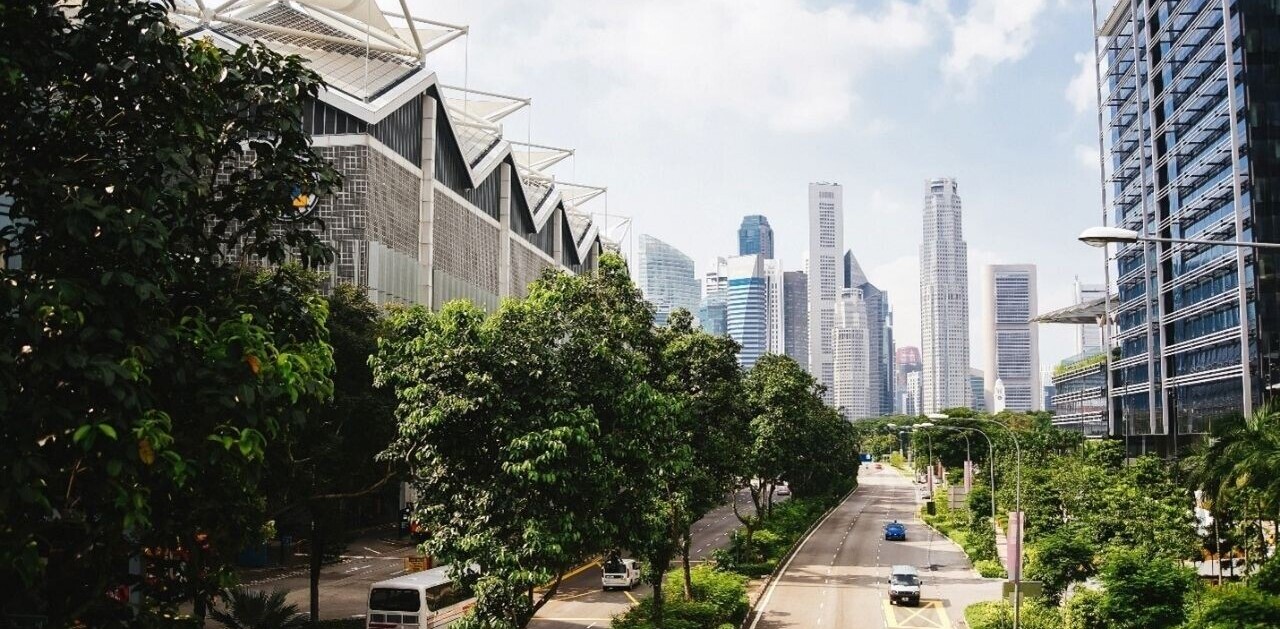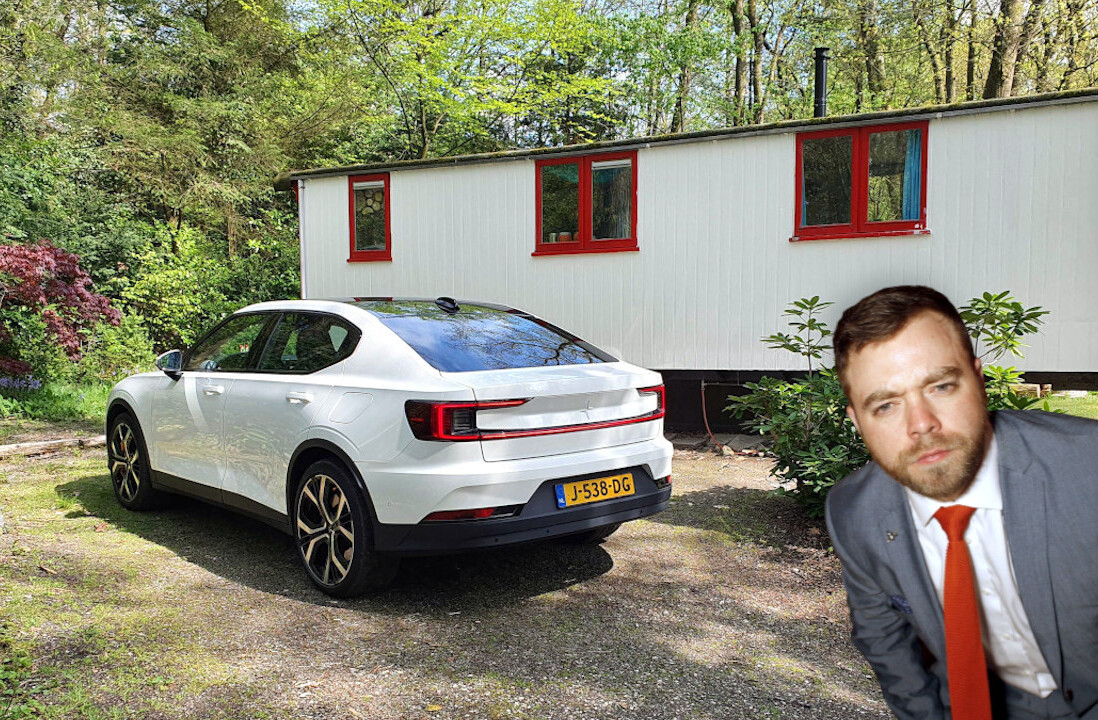This article was originally published by Maya Scheyer, Vice President of Global Business Development, viisights on Cities Today, the leading news platform on urban mobility and innovation, reaching an international audience of city leaders. For the latest updates follow Cities Today on Twitter, Facebook, LinkedIn, Instagram, and YouTube, or sign up for Cities Today News.
Local governments worldwide are tackling varied and pressing challenges, from reducing pollution and making roads safer to ensuring public safety and helping the local economy recover from COVID-19 shutdowns
While their goals are people-driven rather than profit-oriented, cities must manage funds transparently and prudently to ensure public money is spent wisely and to deliver a clear return on investment (ROI) for budget-holders and residents.
Sweat your assets
So how can a city official best demonstrate ROI? A multi-pronged cost-benefit analysis is required.
Streamlined spending is critical. Managers in local government must prioritise solutions that make the most of existing infrastructure and maximise the return on previous investments. Streetlighting, for example, is a popular platform for a range of smart city services well beyond illumination. These include air quality sensing, traffic counting and gunshot detection. Waste bins are an emerging area for gathering data and housing telco infrastructure. A key reason for this is the ubiquity and essential nature of these systems.
CCTV can deliver similar benefits. Globally, there are already 770 million CCTV cameras in use, and almost half of these are outside China, with the US, Asia and Europe being key markets. Spurred by public safety drives, investment continues and by the end of this year, the total number of cameras worldwide could reach 1 billion.
Despite the significant investment cities have made in CCTV, they are not reaping the full advantages and are usually only using these networks to a fraction of their capabilities.
For example, most camera systems are used to investigate incidents after they have happened. Becoming proactive and even predictive is far more beneficial but becomes too challenging for staff as the number of cameras and amount of data increases.
Video analytics make CCTV systems much more effective without the need to invest in additional staffing. The most advanced of these systems use artificial intelligence to flag events of interest in real-time, such as fighting and violence, traffic collisions or COVID safety issues.
Opt for multifunctional tools
Public space is at a premium and cities also need to minimise ‘systems spaghetti’ caused by too many technologies which don’t interoperate.
To maximise investment, it’s essential to choose multifunctional tools which apply to a long tail of use cases.
For example, a wide range of point solutions are available which address specific issues such as road safety, litter, fire detection, violence reduction and transport hub monitoring. However, taking a siloed approach and procuring all of these individually results in duplication of effort and budget, as well as complexity. Further, as the pandemic has shown, new and unexpected use cases can emerge at any time.
In light of COVID-19 and based on the needs of city leaders, we updated our algorithms at viisights to detect adherence to mask-wearing and social distancing rules, and indoor and outdoor occupancy measurements.
Sophisticated context analysis means that the system can detect if someone isn’t wearing a mask but will only generate an alert if other people are around. This frees up staff time and ensures a proportionate response.
Capture revenue and efficiencies
The most flexible systems can also help cities capture lost revenue that is usually too expensive or time-consuming to recover.
Video analytics on camera networks can automatically detect parking violations, risky traffic behaviour or illegal rubbish dumping. In line with cities’ privacy goals, these solutions don’t use licence plate or facial recognition. Instead, real-time alerts are sent so city staff can investigate and issue fines if necessary, enabling them to use their time as effectively as possible.
Similarly, the efforts of security staff and emergency workers can be optimised using real-time intelligence from camera data. Operations centre staff are notified of events of interest rather than constantly scanning. Behavioural analysis provides additional context about the situation, such as how many people are present, confirmation that there is a fight rather than people hugging, and details of the severity of a traffic accident, including whether there is a fire or signs of someone moving.
When looking for solutions, opt for those which are adaptable as your needs change – for instance, services that are priced by the number of features enabled allow you to tailor the solution to your requirements without paying for things that you don’t need.
Further, look for providers that understand cities’ specific budgeting needs. For example, software licences of one to five years or a software-as-a-service (SaaS) model allow local governments to balance costs and demonstrate ROI to budget-holders.
Use pilots to show improvements in quality of life
The biggest ROI outcomes of smart city investments often can’t be measured by a dollar amount but are no less valuable. Examples range from saving lives through better monitoring and managing roads or getting to accidents or fires faster, to increasing citizen satisfaction by reducing litter and ensuring people feel safe in public spaces.
An initial way to demonstrate these benefits is to run a pilot – a short, controlled trial of just one or two months can show what a solution can do for your city. Companies that specialise in working with local governments recognise the importance of minimising risk and demonstrating ROI so should be happy to organise a pilot programme as part of the procurement process.
Cities are increasingly using challenge-based innovation to match their needs with potential solutions, offering the opportunity for innovative companies to take part in pilots outside formal procurement processes.
Communicate
An ongoing feedback loop helps demonstrate transparency and trust with residents. This includes keeping people informed on city investments and deployments, giving them input where possible and providing regular updates on the outcomes and value that technology is delivering.
Do EVs excite your electrons? Do ebikes get your wheels spinning? Do self-driving cars get you all charged up?
Then you need the weekly SHIFT newsletter in your life. Click here to sign up.
Get the TNW newsletter
Get the most important tech news in your inbox each week.





